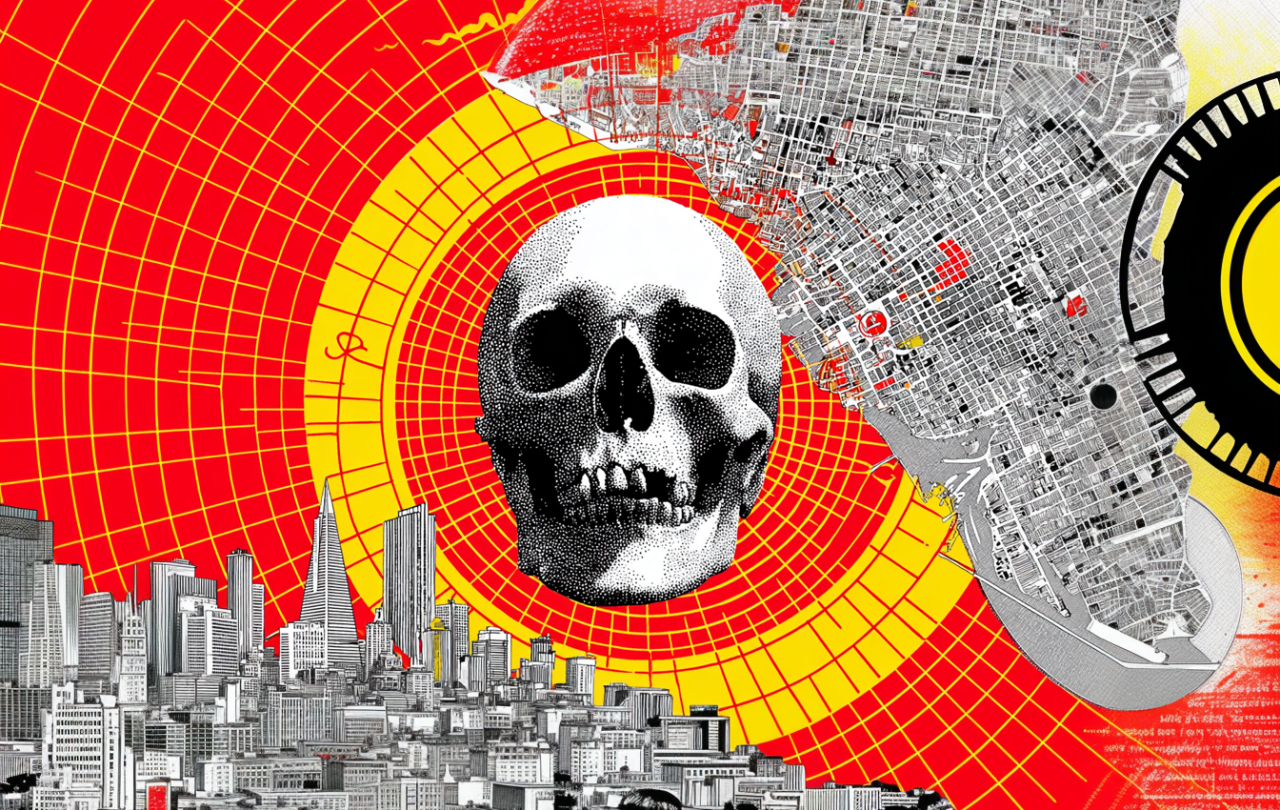
Recently, I heard a remarkable story about a friend of mine who happens to be a vicar. He had been diagnosed with a serious cancer, and the diagnosis was bleak. He was preparing himself for a difficult few months, readying himself, and his parish, for the end before too long. His body was reacting poorly to chemotherapy, and the prospects did not look good. However, he continued to try to get a balance of rest and work through the tiredness, praying when he could - little and often - but without too much discomfort.
A short while ago, during a routine visit to the hospital to receive the results of a scan on how the cancer was progressing, something puzzling happened.
The surgeon showed him the scan related to the original diagnosis. He asked, "Can you see the tumour?" My friend replied, "Yes, of course, it's right there," pointing to the black mass. The surgeon then showed him another scan.
He asked again, "This is the most recent scan we’ve just taken; can you see it on this one?" My friend peered closely into the scan and said, "Hmm. I'm not sure I can." The surgeon then responded, puzzled, that somehow, between the two scans, the tumour seemed to have disappeared.
He added: “To be honest, in my world, we don't really have an explanation for things like this. But I suspect in yours, you do.”
Besides being delighted for my friend, since hearing the story, I've pondered what it means. Of course, miracles are by their nature rare and we cannot automatically predict them, My friend was in the kind of church that doesn't routinely demand God for miracles but simply carried on gently praying that somehow God would be with the vicar in his struggles, hardly daring to hope that the cancer would in fact vanish.
Was it a miracle? Or was there some other explanation? It seems to me that the answer you give to that question depends on the framework you bring to it. If you are a believer in a God who might do this kind of thing from time to time, and consider that such things can and do happen occasionally, not regulated by the usual course of cause and effect, but by some extra dimension of reality unseen to us and immeasurable by the methods of science, you will probably simply accept it as one of those occasional interruptions to the normal course of things. And then give thanks to God and rejoice with my friend at this sign of God’s goodness.
Of course, it raises the question of why this cancer was healed and others aren’t, but that takes us into other territory, which I’ve examined before in relation to Donald Trump’s narrow escape. Would we rather a world in which such things as this never happened, and my friend’s cancer had taken its usual deadly course? Or a world where just every now and again, something delightful and unanticipated happens, like stumbling on a gloriously unexpected view of rolling hills and a dramatic sunset at the end of a routine walk on a summer’s evening?
Belief in miracles doesn’t mean an irrational rejection of science and its benefits in favour of an entirely random world. it simply means an acknowledgement of the limits of our reasoning.
An honest doctor like the one treating my friend, might recognise that the methods of medical science, for all its brilliance, value and wisdom, on which we all depend so much, has to shrug its shoulders at this point, realising that it doesn’t have the categories to explain it, reverting to a kind of agnosticism. A more thoroughgoing materialist would say: “Of course we know there are no such things as miracles, so that’s the one thing we know it is not. There must be some other explanation, and science will one day discover why such mysterious things happen.”
What we believe about such things is determined not by the self-evident ‘facts’, the bald evidence of what is before us, but by our pre-conceived mental map of the world, our framework of faith, what we think the world is, and what, or who we think God is, (if he exists at all). We are all believers in the end – the difference is what we believe in.
Belief in miracles doesn’t mean an irrational rejection of science and its benefits in favour of an entirely random world. it simply means an acknowledgement of the limits of our reasoning, open to the possibility of an extra dimension of enchantment that occasionally shows its face, and that there is a bigger world out there than we with our small minds and spirits are able to comprehend.
GK Chesterton once put it like this. "Somehow or other an extraordinary idea has risen that the disbelievers in miracles consider them coldly and fairly, while believers in miracles except them only in connection with some dogma. The fact is quite the other way. The believers in miracles accept them, rightly or wrongly, because they have evidence for them. The disbelievers in miracles deny them, rightly or wrongly, because they have a doctrine against them."
In miracles, as in much of life, you see what you're looking for.





